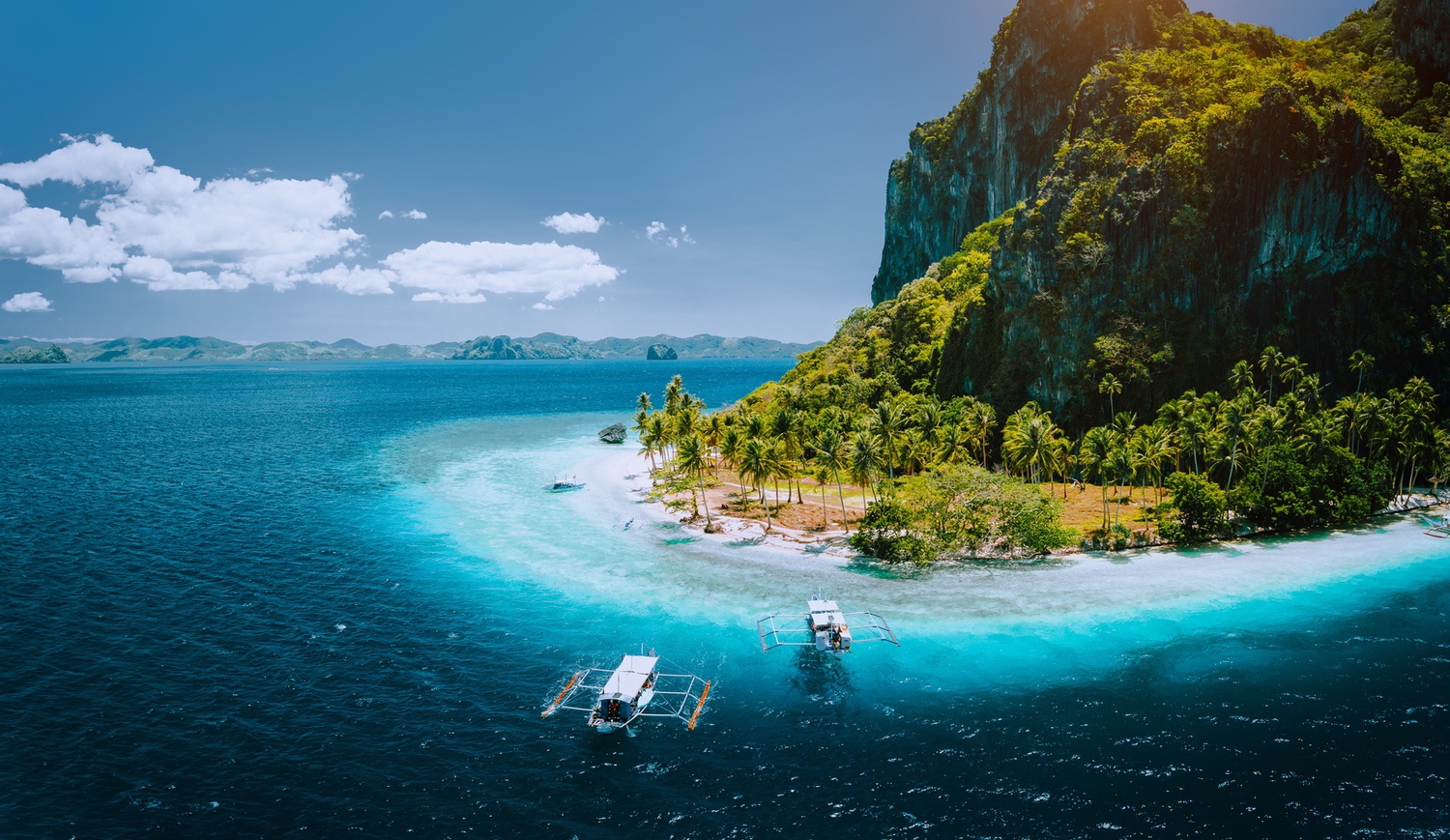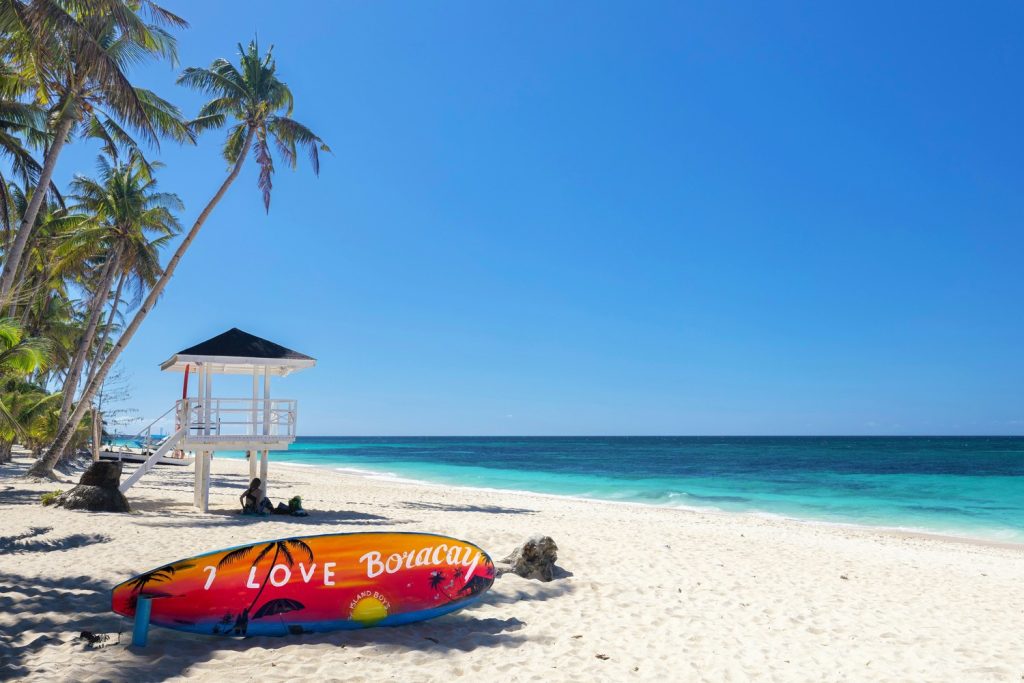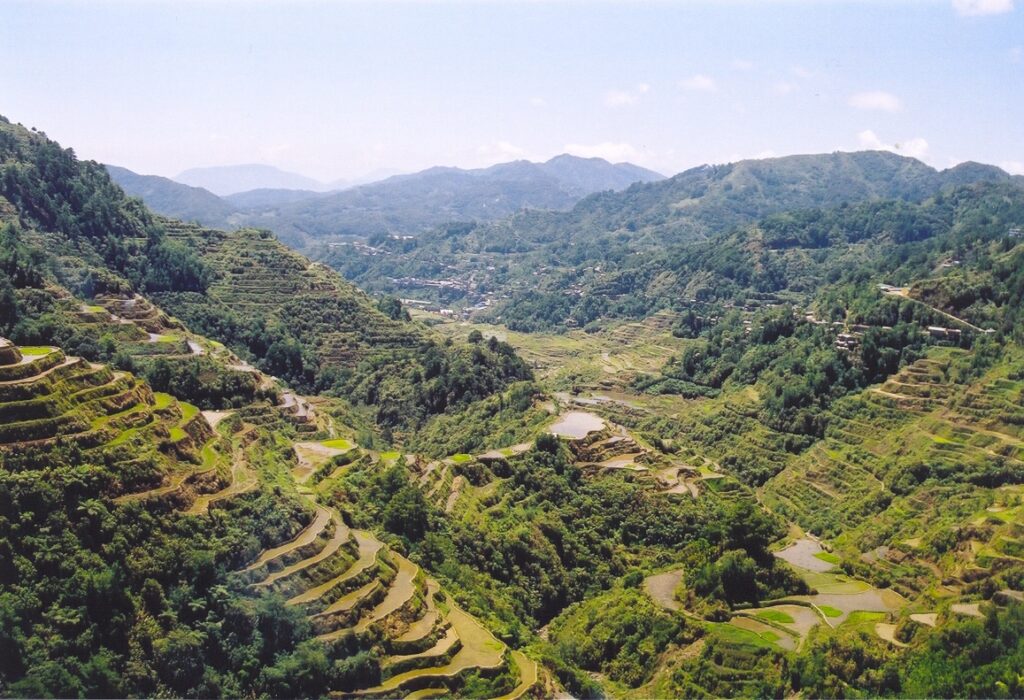Blog
Sustainable Tourism in the Philippines: Laws, Policies, and Legal Perspectives

Tourism is a powerful driver of economic growth in the Philippines, but its long-term success depends on more than just attracting visitors. It depends on sustainability. From white-sand beaches and protected forests to centuries-old heritage towns, the Philippines is rich in natural and cultural treasures. Protecting these assets is not just an environmental goal, but a legal and business imperative.
In this article, we break down the core laws, policies, and recent actions shaping sustainable tourism in the Philippines. Whether you are a tourism developer, hospitality business, or investor in eco-tourism ventures, understanding these legal frameworks is key to building compliant, resilient, and future-ready operations.
What is Sustainable Tourism?
Under Republic Act No. 9593 or the Tourism Act of 2009, sustainable tourism is defined as managing tourism resources to meet current needs while maintaining cultural integrity, ecological balance, and biological diversity. In simpler terms, it means enjoying paradise without spoiling it.
Sustainable tourism balances four key elements: environmental protection, cultural respect, community well-being, and economic benefit. These principles ensure that tourism supports—not harms—the destinations it promotes, and that future generations can continue to experience the Philippines’ rich heritage.

Key Laws That Promote Sustainable Tourism
The Philippines has a robust legal framework that supports sustainable tourism through a combination of national laws, local governance mechanisms, and environmental regulations. Here are some of the most critical:
1. Tourism Act of 2009 (RA 9593)
This landmark law recognizes tourism as a national development priority. It integrates sustainability into tourism planning and mandates that local government units (LGUs) adopt sustainable tourism principles in their local development plans. It also realigns the mandates of national tourism bodies like the Department of Tourism (DOT) and TIEZA to support sustainable practices.
2. National Integrated Protected Areas System (NIPAS) Act (RA 7586 and RA 11038)
These laws establish a system for preserving protected areas such as forests, coral reefs, wildlife sanctuaries, and mountain parks. They are particularly important for eco-tourism zones where nature is the main attraction. Compliance involves waste management, habitat protection, and land-use regulations that directly impact tourism operations.
3. National Cultural Heritage Act (RA 10066)
This law ensures the conservation of Filipino identity through the protection of cultural properties including heritage towns, ancestral homes, and indigenous practices. For tourism ventures operating in culturally sensitive areas, compliance with this law helps deliver authentic and respectful visitor experiences.
4. Environmental Laws with Direct Impact on Tourism
Other major laws that influence tourism development include the Clean Water Act (RA 9275), the Ecological Solid Waste Management Act (RA 9003), and the Environmental Impact Statement (EIS) System (PD 1586). These regulations require developers to assess environmental risks and implement systems for water treatment, waste management, and pollution control.
5. Role of Local Governments
LGUs are on the frontlines of implementing sustainable tourism. They are empowered to pass zoning laws, regulate business permits, and enforce environmental compliance. The Tourism Act also incentivizes LGUs to adopt sustainable tourism plans by providing support from national agencies.
Policies in Action: From Boracay to Batanes
The enforcement of sustainable tourism policies came into sharp focus in 2018, when Boracay Island was closed for six months to address widespread violations of environmental laws. Its reopening came with new rules: caps on tourist numbers, mandatory compliance certificates for establishments, and bans on beachfront events. This sent a clear message that sustainability is not optional.
On the other hand, Batanes serves as a model for responsible tourism. Declared a heritage and ecotourism zone, the province maintains strict control over development and visitor numbers. Its local policies emphasize preservation of landscapes and culture while ensuring that the community earns directly from tourism in ways that are equitable and sustainable.

Looking Ahead: A Legal Roadmap for Responsible Growth
The National Tourism Development Plan (2023–2028) offers a strategic direction for making the tourism industry more sustainable, resilient, and globally competitive. It includes measures like setting visitor carrying capacities, offering incentives for green businesses, and enhancing tourism infrastructure without harming ecosystems.
But implementation is key. Good laws and policies are only effective when matched with accountability and cooperation. Tourism stakeholders—from businesses and investors to developers and local officials—must understand the legal landscape and align with sustainability goals.
How AJA Law Can Help
At AJA Law, we support tourism operators, developers, and business owners in navigating the evolving legal requirements of sustainable tourism. Our team offers strategic legal guidance on:
- Environmental compliance and permitting
- Tourism development and land use regulations
- Cultural and heritage law compliance
- Zoning, permitting, and LGU coordination
- Environmental impact assessments (EIA)
If you’re building or operating within the tourism space, aligning with sustainability laws is no longer optional—it is essential for legal compliance, brand integrity, and long-term success.
Let’s work together to build a tourism industry that protects what makes the Philippines extraordinary. Message us via our contact form for a free initial consultation.
Prepared by Guia Libot.

